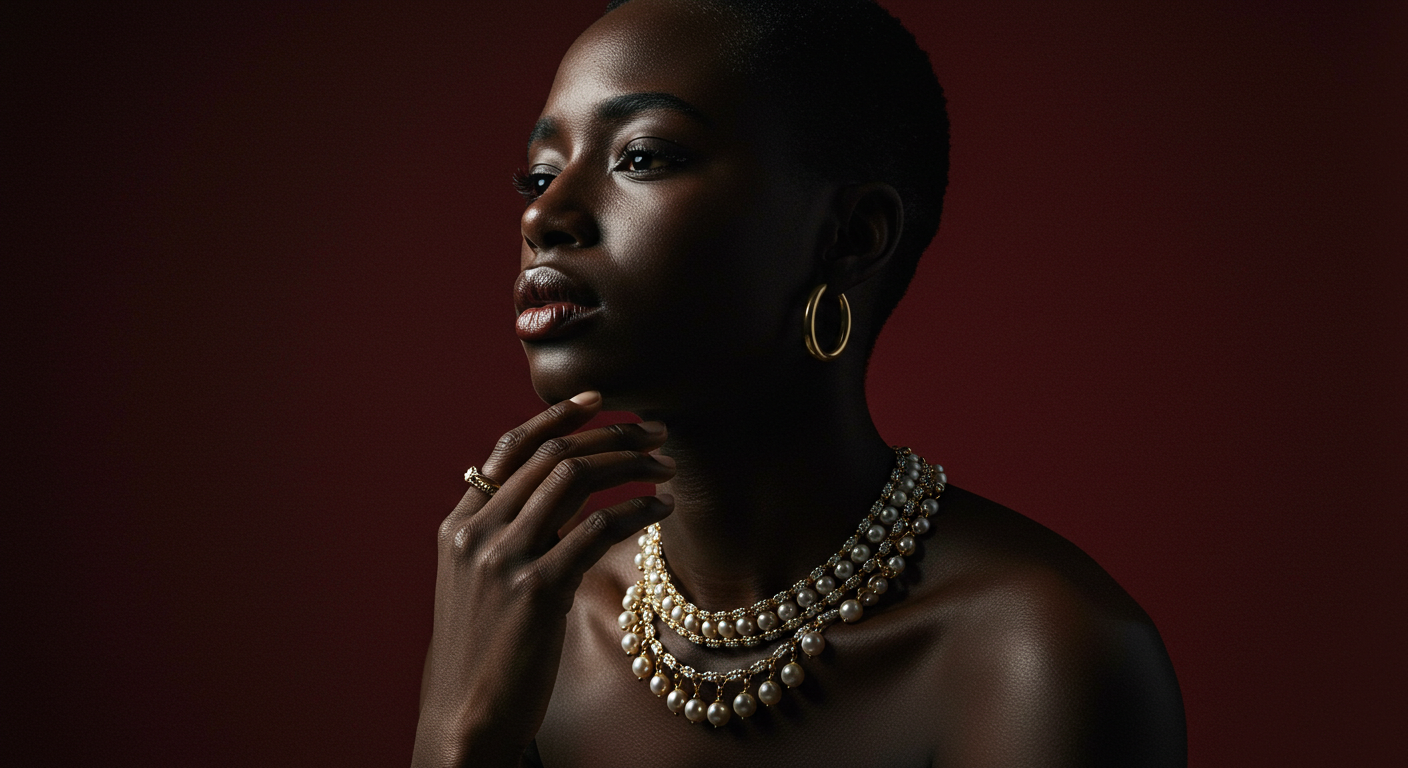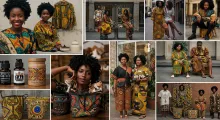The Resurgence of Beaded Jewelry in Afro-Luxury Markets
Beads have long held a significant place in African culture—used as currency, for ceremonies, in rites of passage, and as powerful markers of identity. But beyond traditional usage, beaded jewelry is experiencing a bold resurgence in Afro-luxury markets, where heritage meets haute couture.
A Brief History of Beadwork in Africa
Beads have been integral to African societies for thousands of years. They were made from a variety of materials—glass, coral, shells, stone, ivory, clay, and even bone. The types, colors, and arrangements of beads communicated age, status, tribe, spirituality, and occasion.
Examples include:
Yoruba beads (Nigeria): Often coral or glass, worn by royalty and priests.
Zulu beadwork (South Africa): Complex color-coded messages used for courtship and identity.
Maasai beads (Kenya/Tanzania): Symbolize age, marital status, and community role.
Historically, beads were more than accessories—they were language, legacy, and luxury.
Why the Resurgence Now?
Today, beadwork is not just preserving history—it’s evolving. A new wave of African designers and brands are reimagining beadwork with modern aesthetics, bringing it into luxury fashion houses, global runway shows, and high-end boutiques.
Several factors fuel this resurgence:
Afropolitan Identity: A generation of Africans and diasporans embracing their cultural roots with modern sophistication.
Sustainable Fashion: Beads are often handcrafted, biodegradable, or upcycled—aligning with global eco-conscious trends.
Artisan Pride: Communities are reclaiming craftsmanship, challenging mass production with pieces made in small batches by skilled hands.
Characteristics of Afro-Luxury Bead Jewelry
High-Quality Materials
Luxury bead designers use rare stones, coral, gold-thread accents, and glass beads sourced ethically. Ghanaian Krobo beads, for example, are hand-painted from recycled glass.Bold & Meaningful Designs
Pieces are often large, layered, and intricate—each bead placed with purpose. The designs are cultural statements, not just fashion choices.Cultural Motifs
Symbols like cowrie shells, fertility shapes, or sacred geometry are embedded into the bead patterns.Custom & Bespoke Orders
Many Afro-luxury brands offer custom services, allowing clients to commission personalized pieces with specific heritage ties.
Notable Brands and Designers
Eniola Hu (Nigeria): Blends Yoruba coral regalia with minimalist elegance.
Sidai Designs (Tanzania): Works with Maasai women to produce modern bead accessories.
Maya World (Ghana): Known for bold waist beads and necklace sets made from Krobo glass.
These designers bring heritage to high fashion, turning ancestral craft into collectible art.
Beads in Contemporary Use
Runway & Editorial: Beaded chokers, layered necklaces, and shoulder pieces have graced magazines like Vogue and Harper’s Bazaar.
Ceremonial Fashion: Brides now mix traditional beadwork with couture gowns.
Men’s Jewelry: Beaded bracelets and neckpieces are being worn by high-profile African male icons like Burna Boy and Wizkid.
Waist Beads: From Secret to Style Statement
Once hidden beneath clothing, waist beads are now seen on social media and the runway. Traditionally worn by women for rites of passage, body awareness, or seduction, waist beads have entered mainstream fashion while retaining cultural value.
Global Appreciation vs Appropriation
With international celebrities embracing African beadwork, it’s important to credit and ethically source from African artisans. Cultural appreciation should include understanding the history behind the craft—not just wearing it for “aesthetic.”
Challenges in Scaling Afro-Luxury Beadwork
Time-Intensive Process: Hand-beading is laborious, which limits mass production.
Market Access: Many artisans lack direct access to global markets and rely on intermediaries who may exploit or dilute their brand.
Cultural Misunderstanding: Beaded jewelry is sometimes dismissed as "ethnic" or "costume" rather than high fashion.
Conclusion
The resurgence of beaded jewelry in Afro-luxury fashion isn't just about adornment—it's about agency, heritage, and storytelling. As the global fashion world turns its gaze to Africa, beads are becoming not only symbols of identity but also symbols of refined, rooted luxury.



